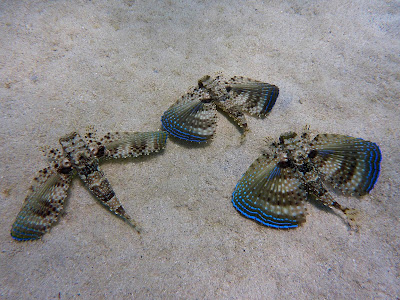Life at the Sandy Bottom

Marine scientist Anjani Ganase discusses sedimentary habitats that are abundant in the ocean but less recognized as ecosystems worth protecting. Sedimentary habitats are exactly what they sound like, areas of sandy, or muddy marine habitats that result from settlements of sand and sediment particulates in locations of lower water movement. When we think of sandy habitats, we imagine shallow lagoonal areas along the coastline, which include areas along the bases of coral reefs in deep harbour bays such as Maracas Bay, Charlotteville and Scarborough. These types of habitats also extend to great depths beyond the continental shelf. Although these habitats may not be the postcards of marine biodiversity, the varying environments in which they are found make them quite diverse in terms of the communities that can live there. As sedimentary habitats are so extensive and rarely accessible, many of these places are underexplored especially in deeper locations; and to this today, the ex...


